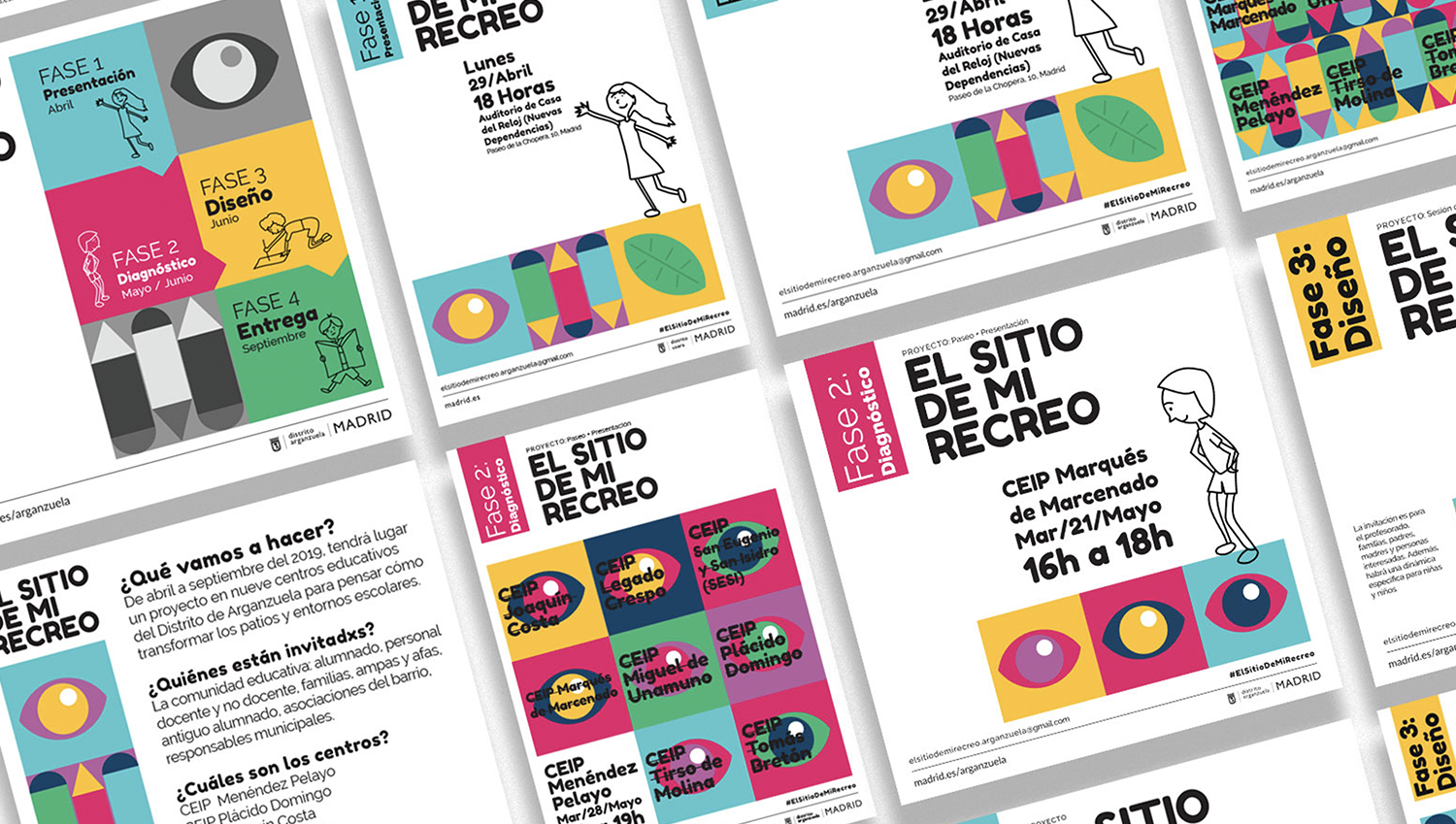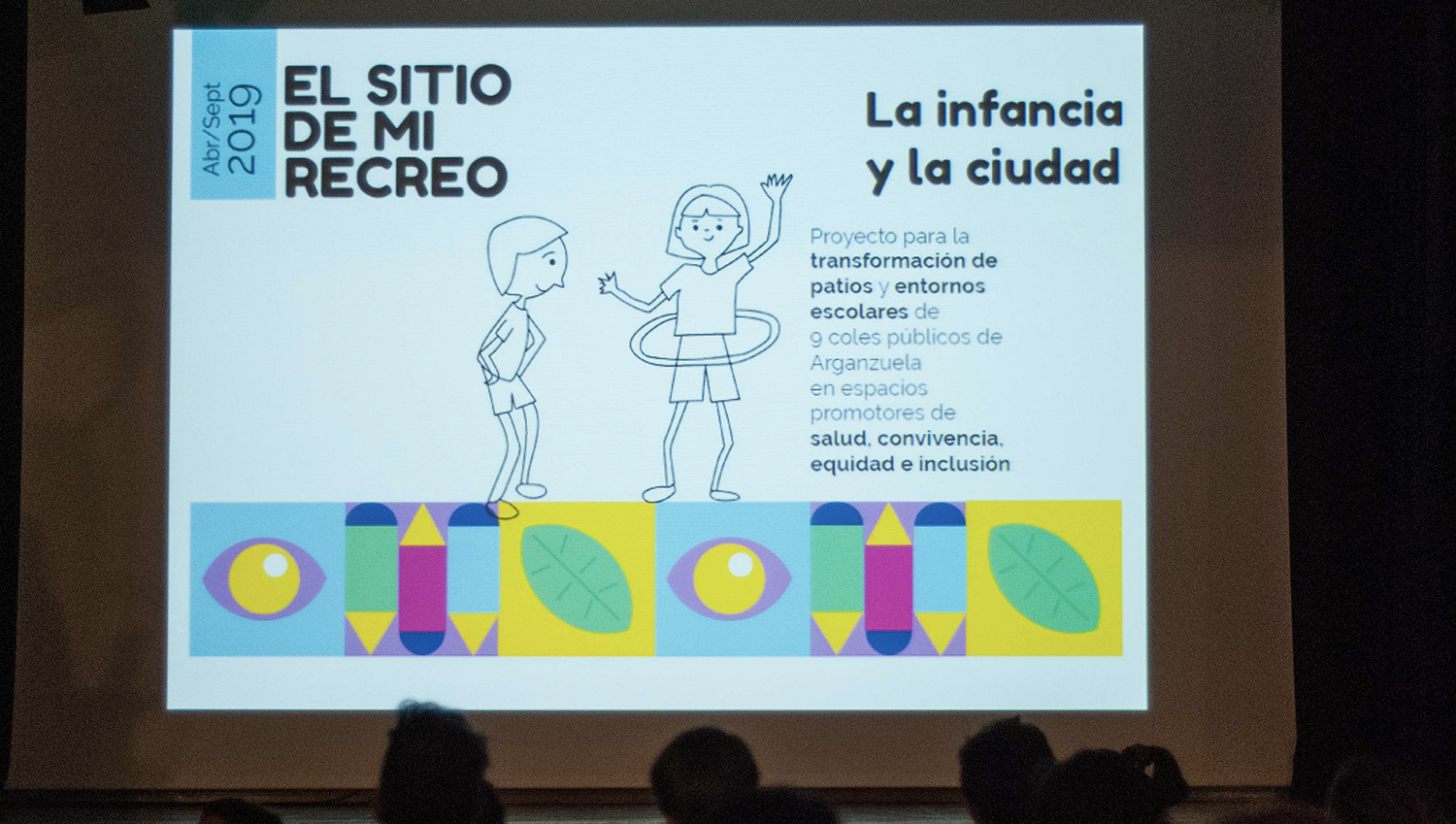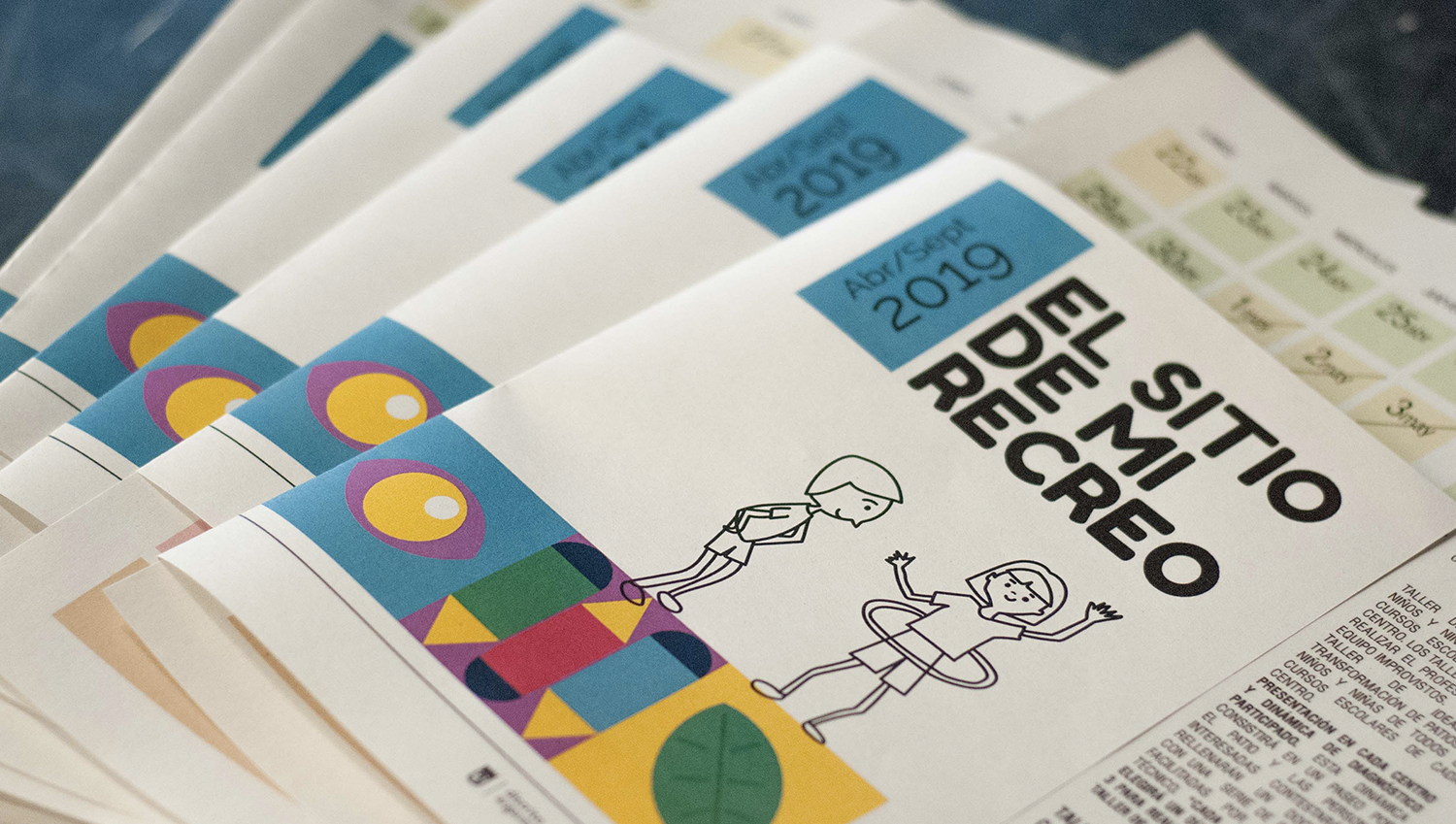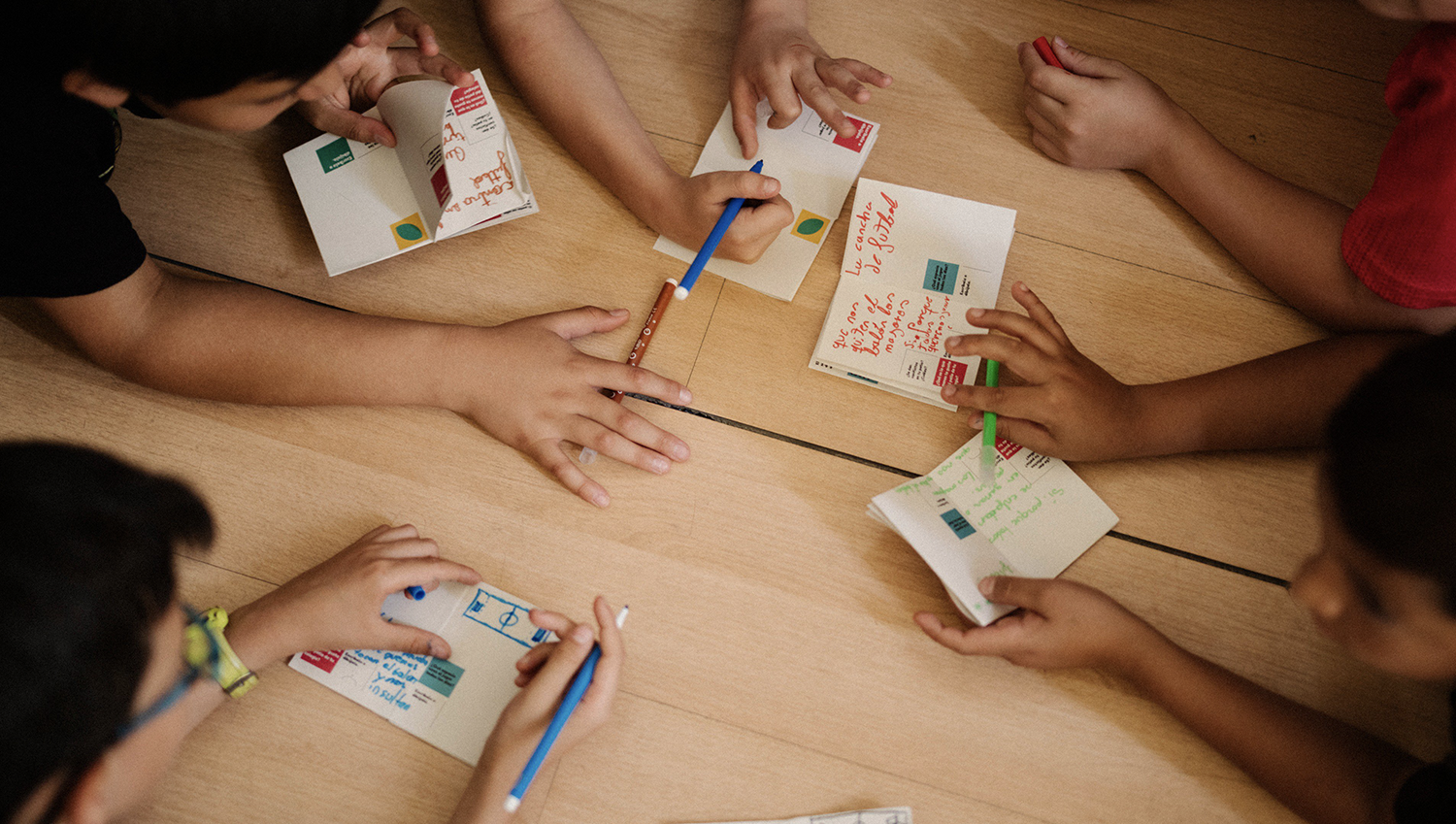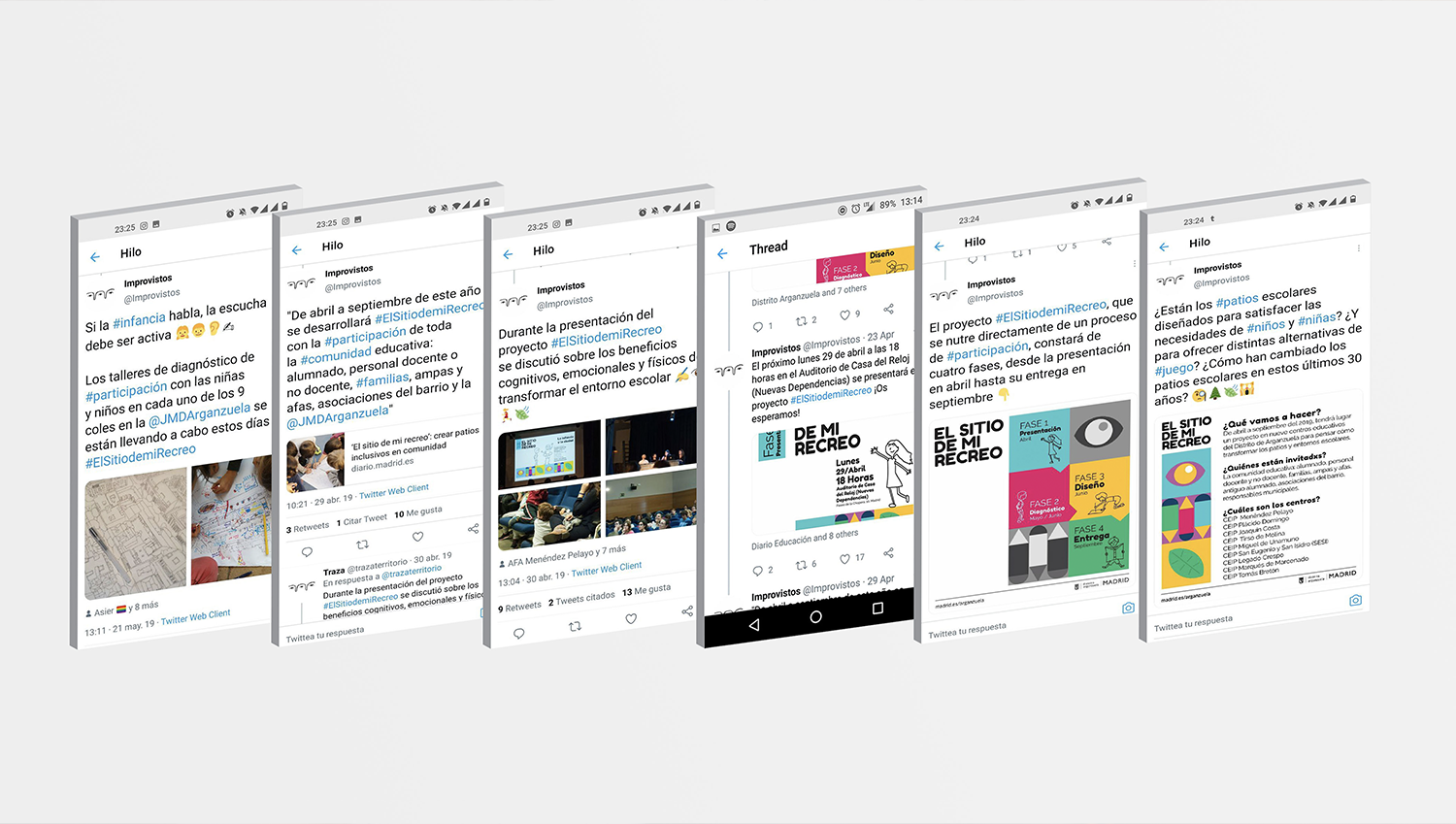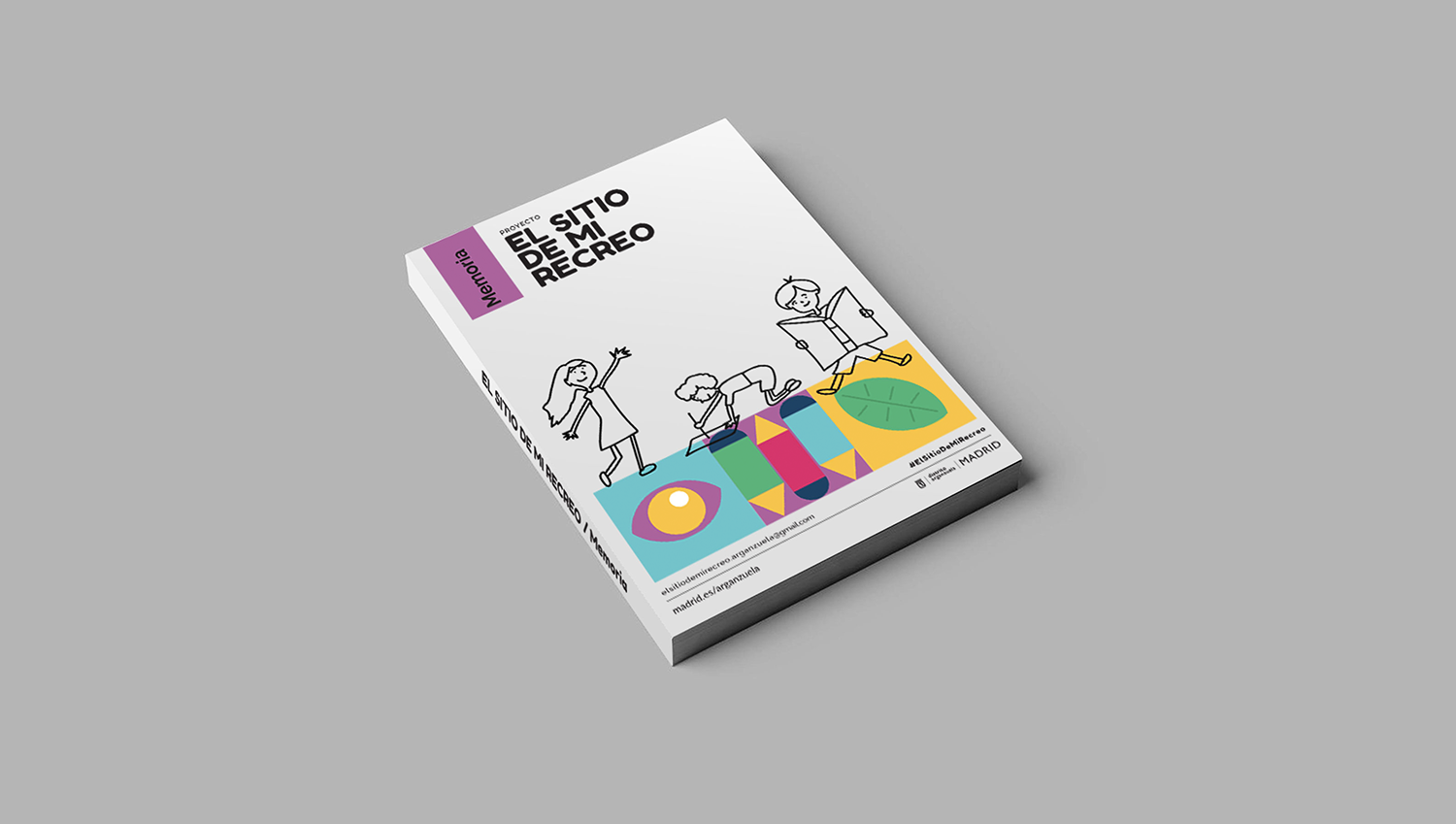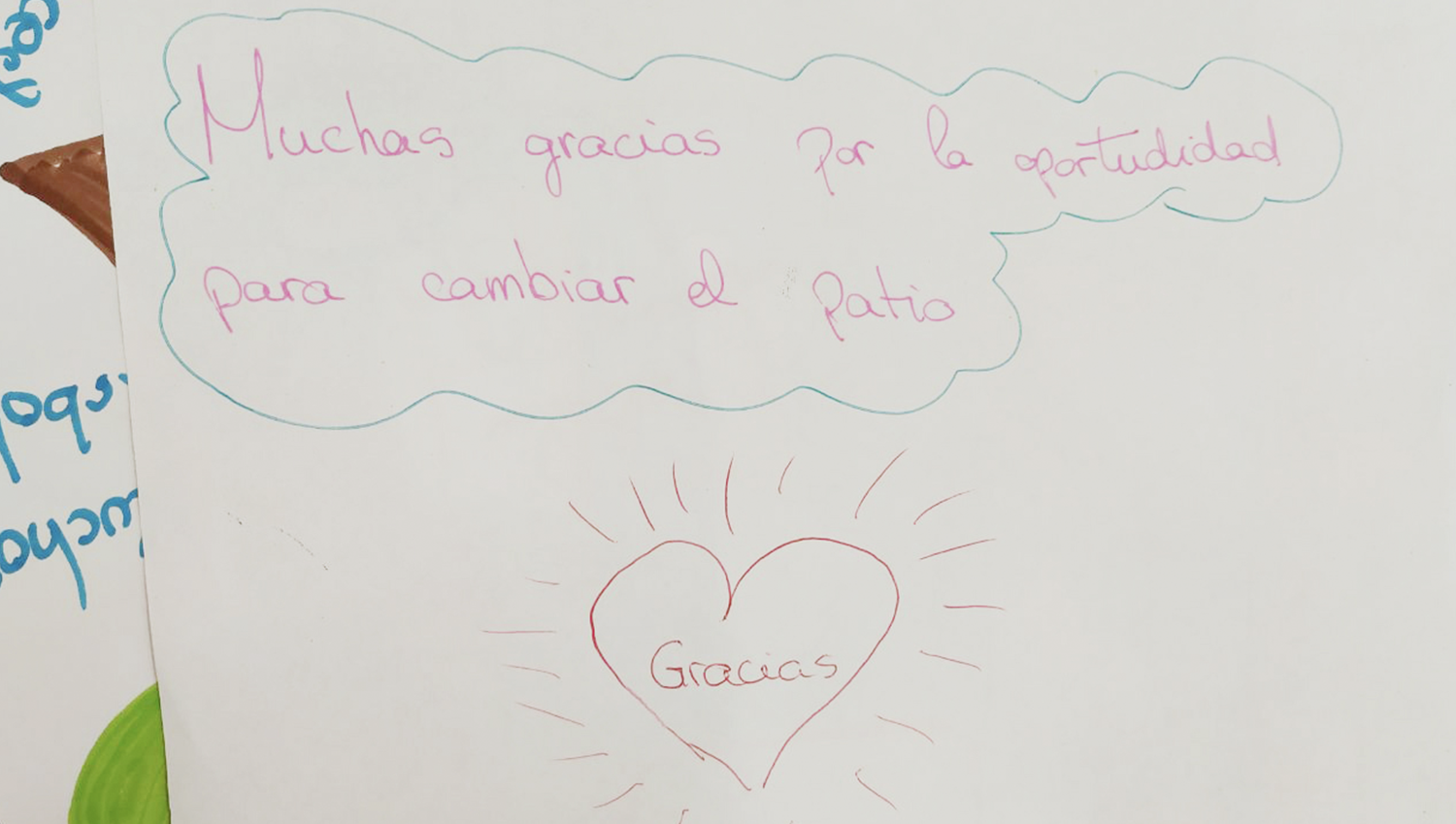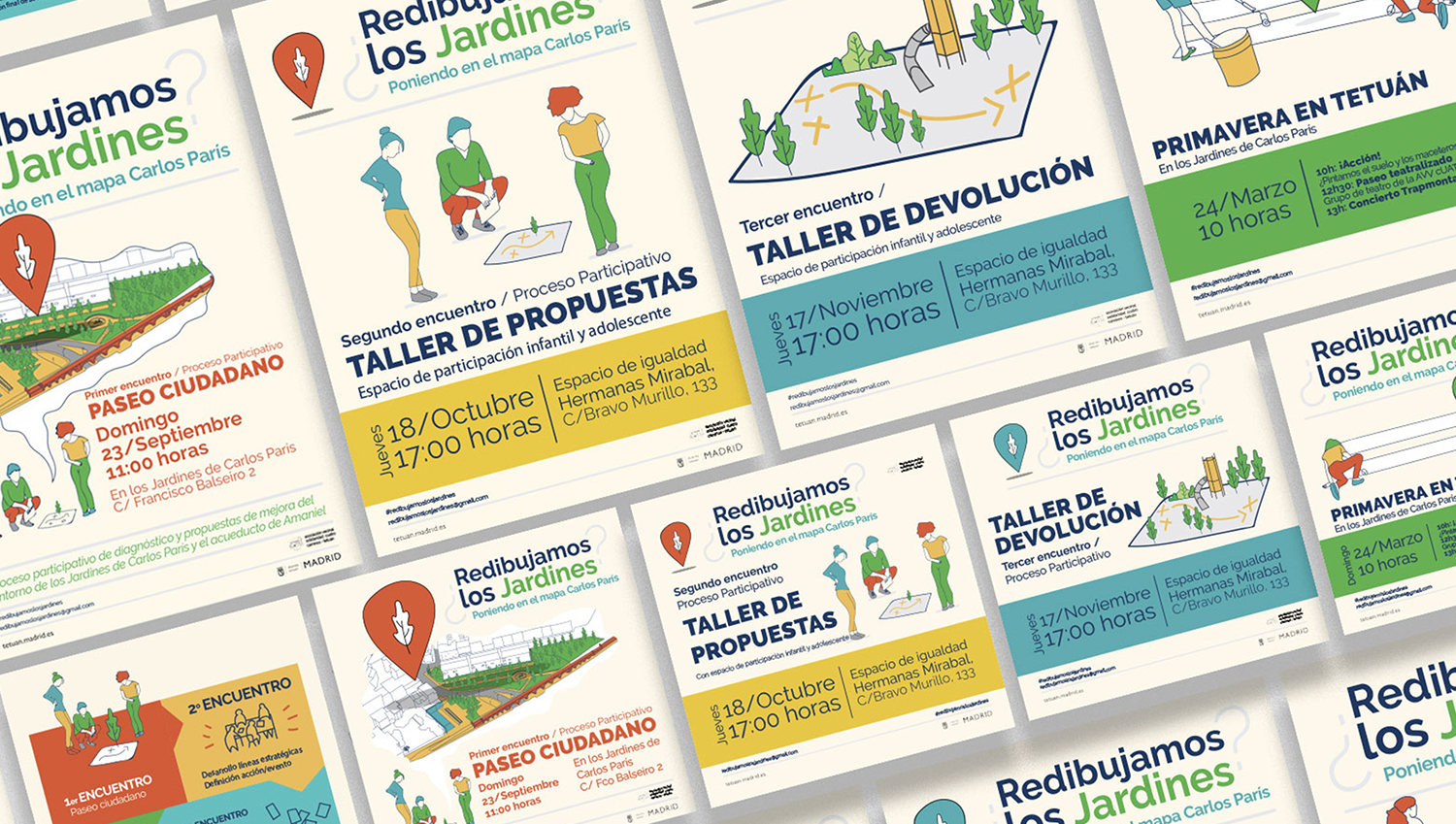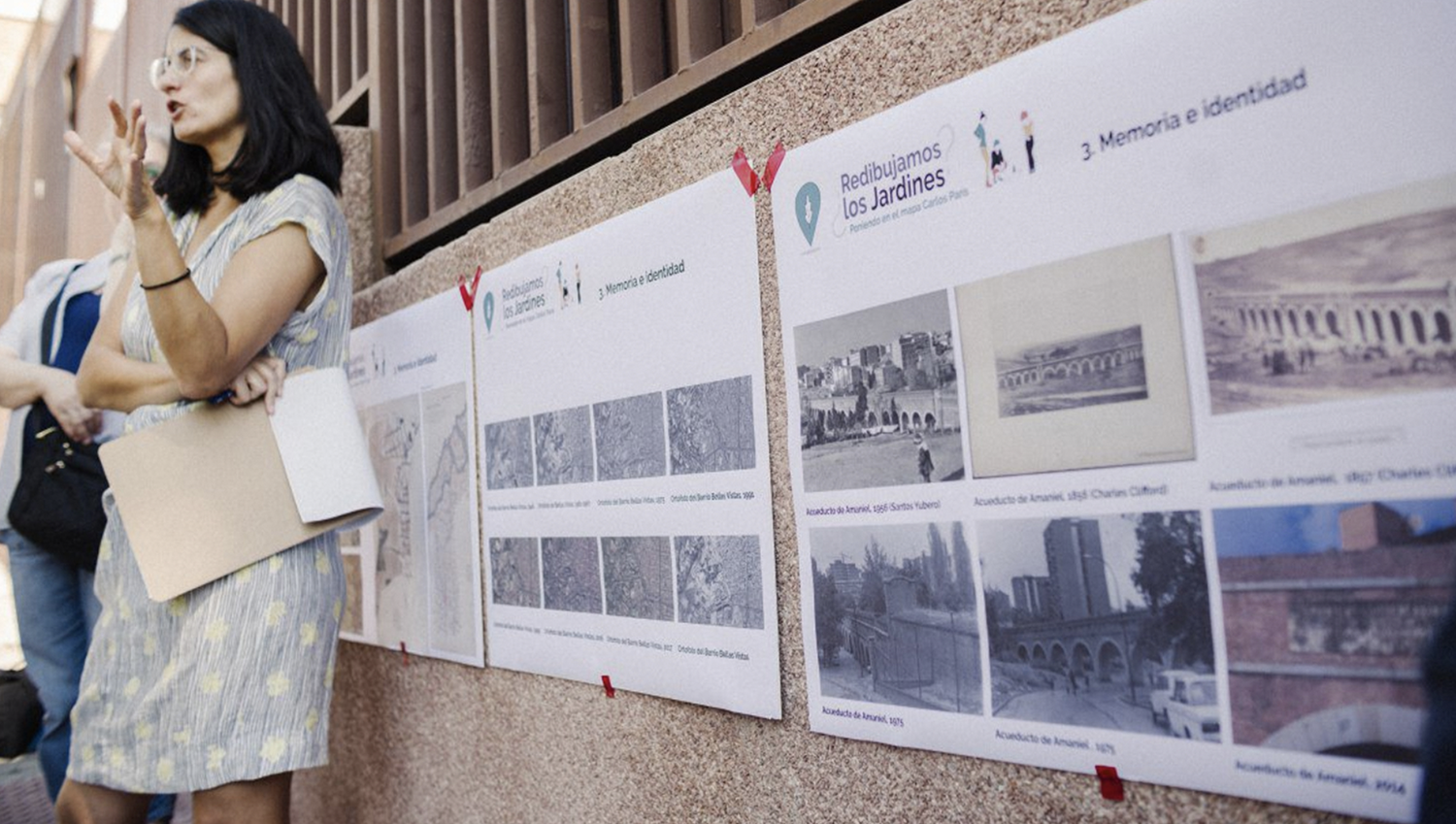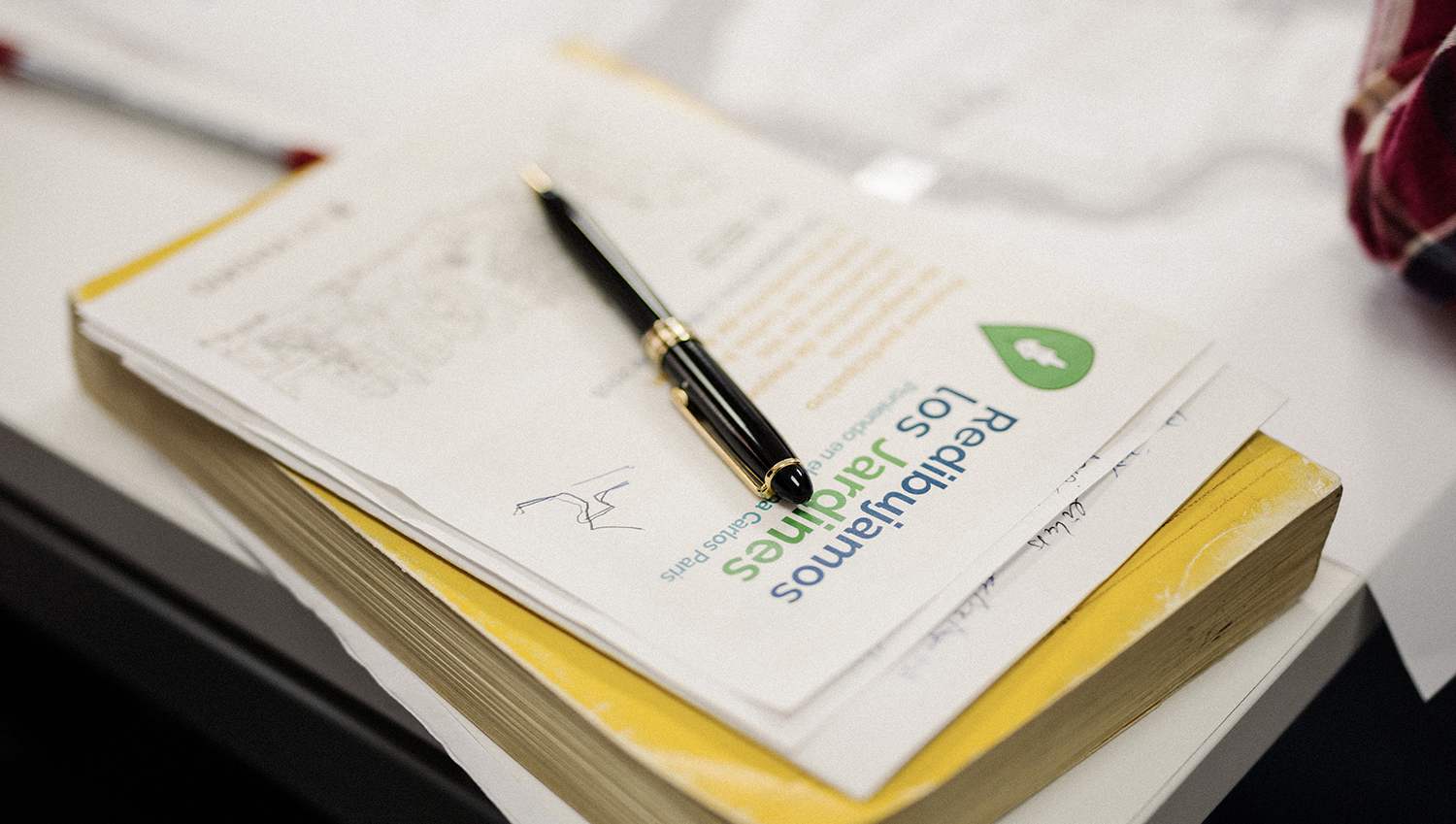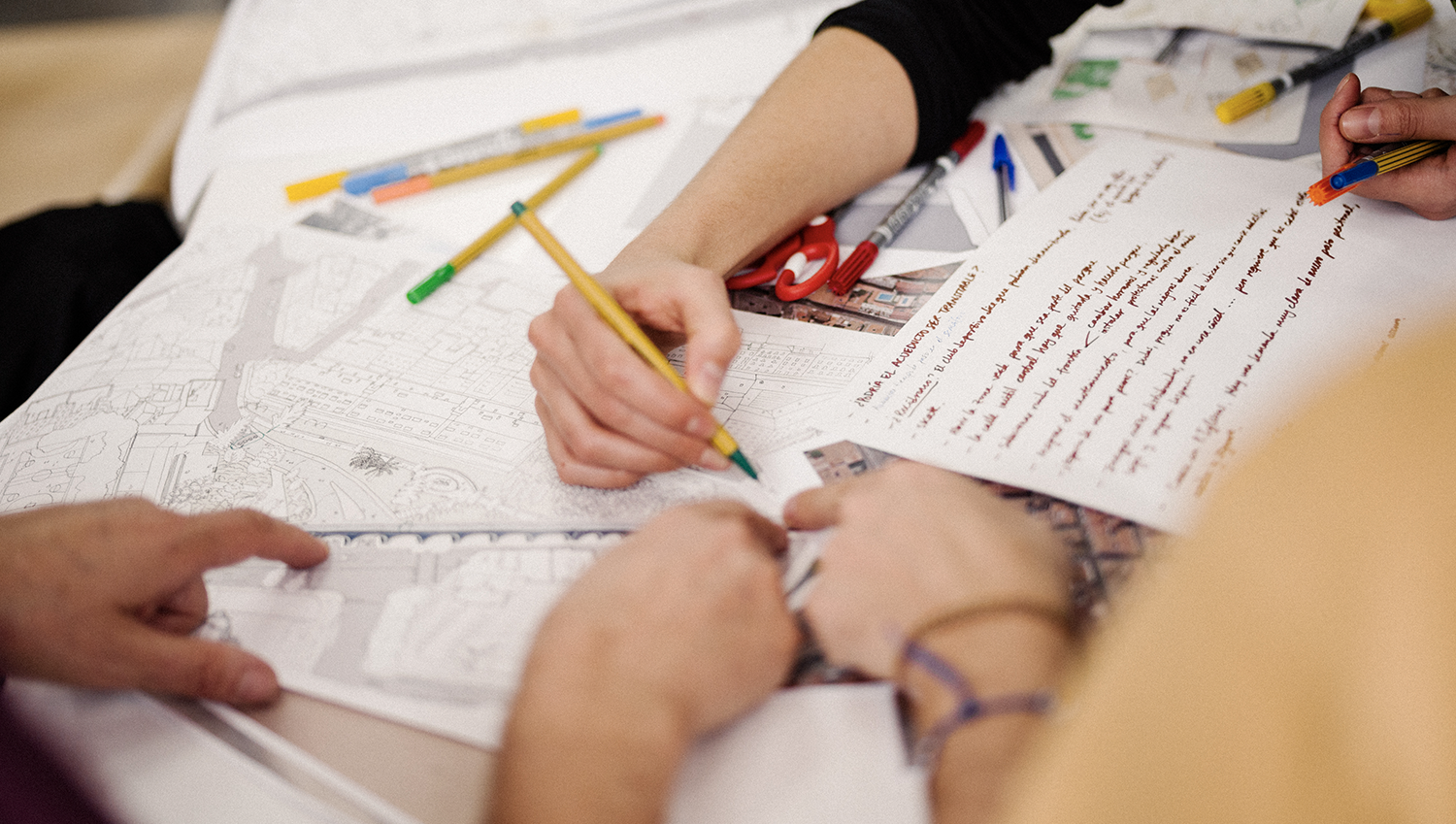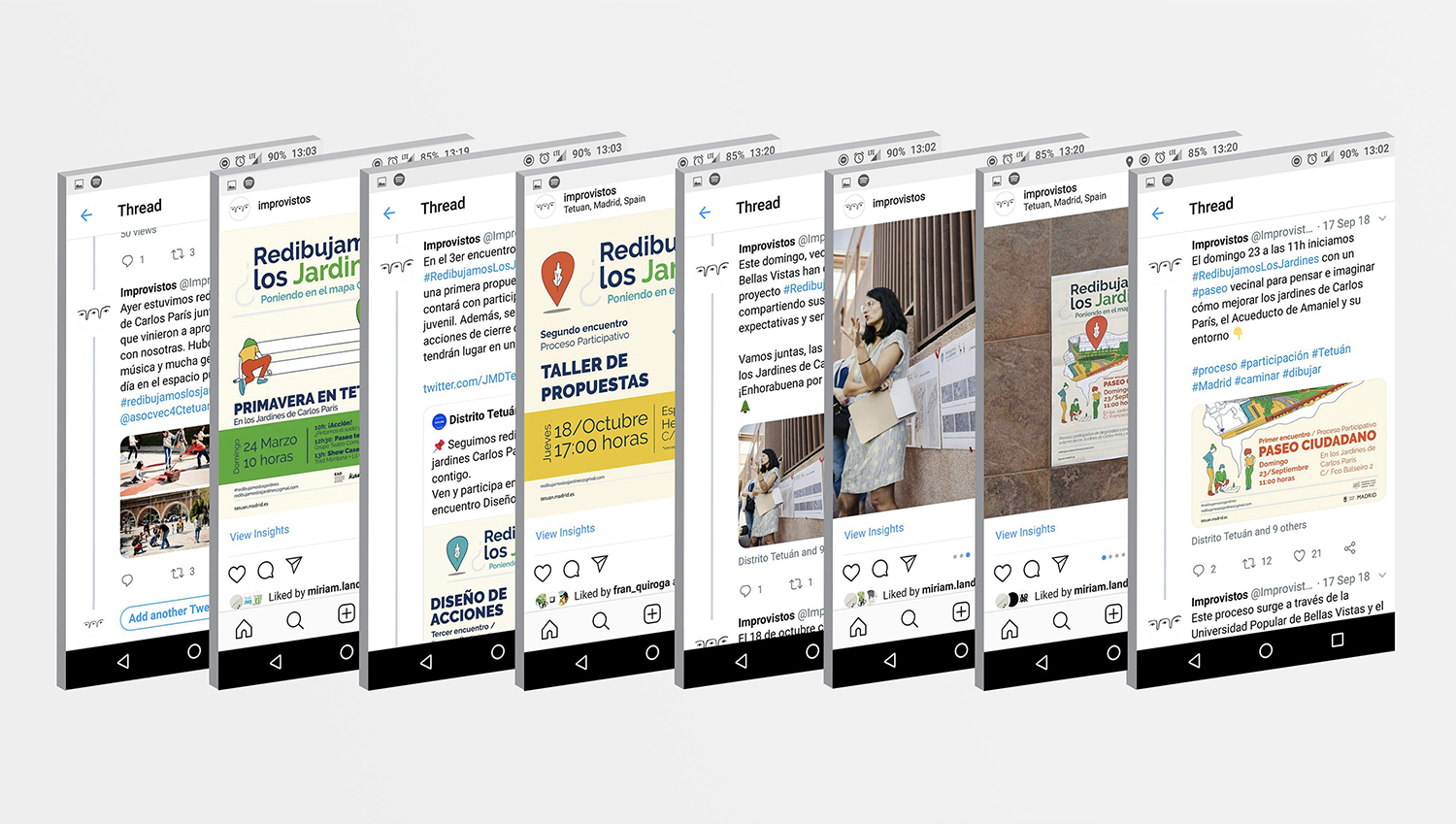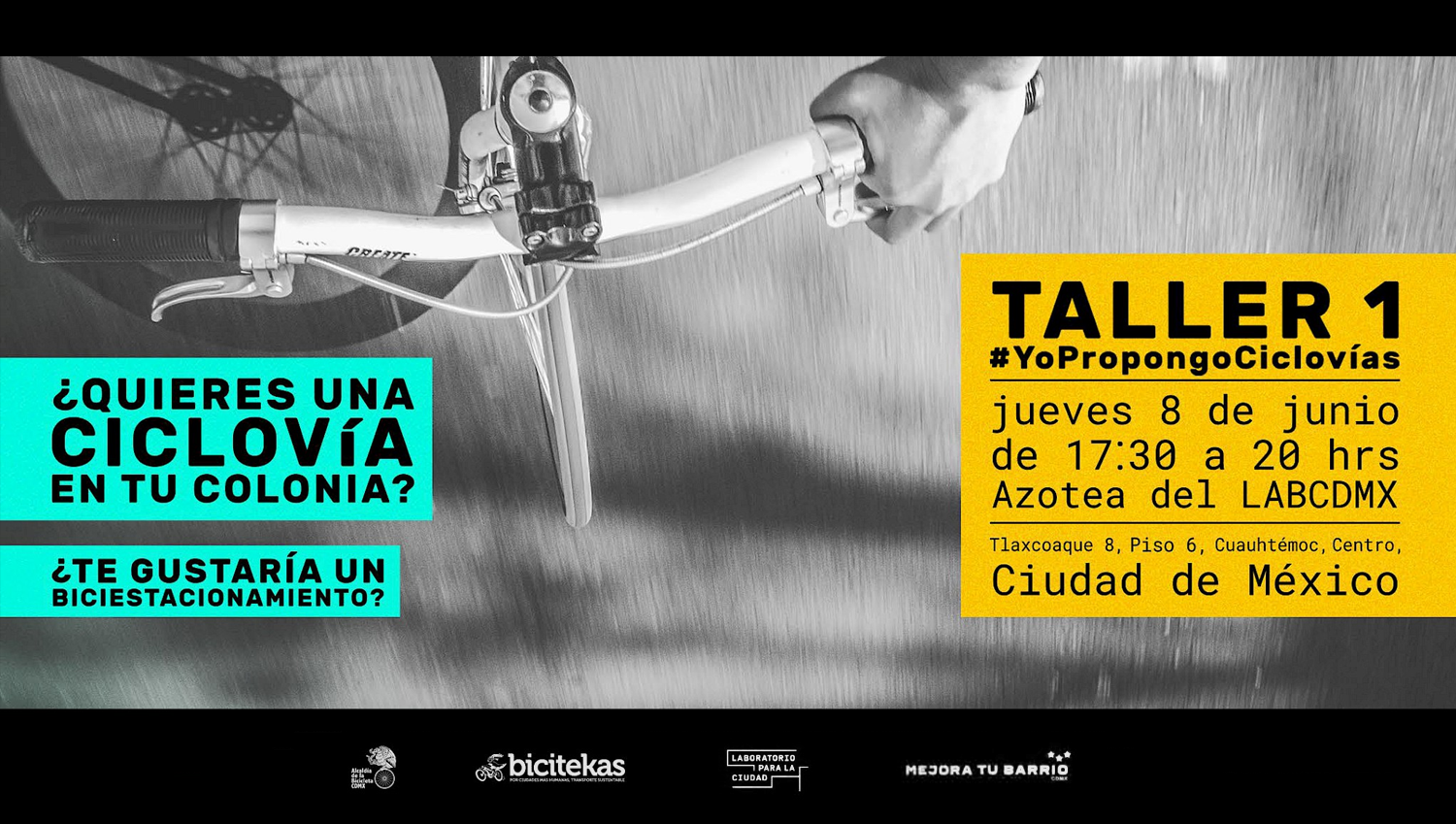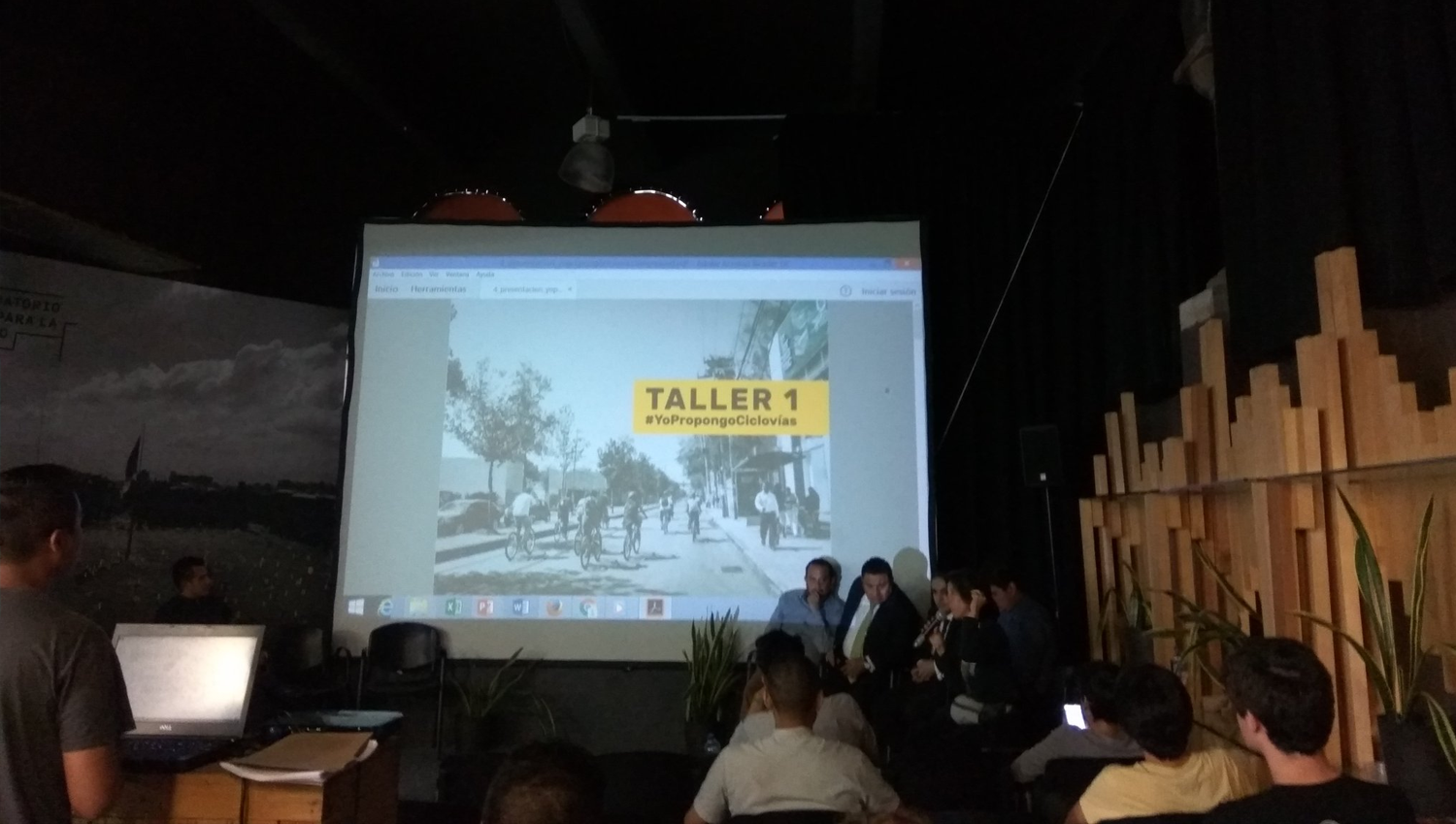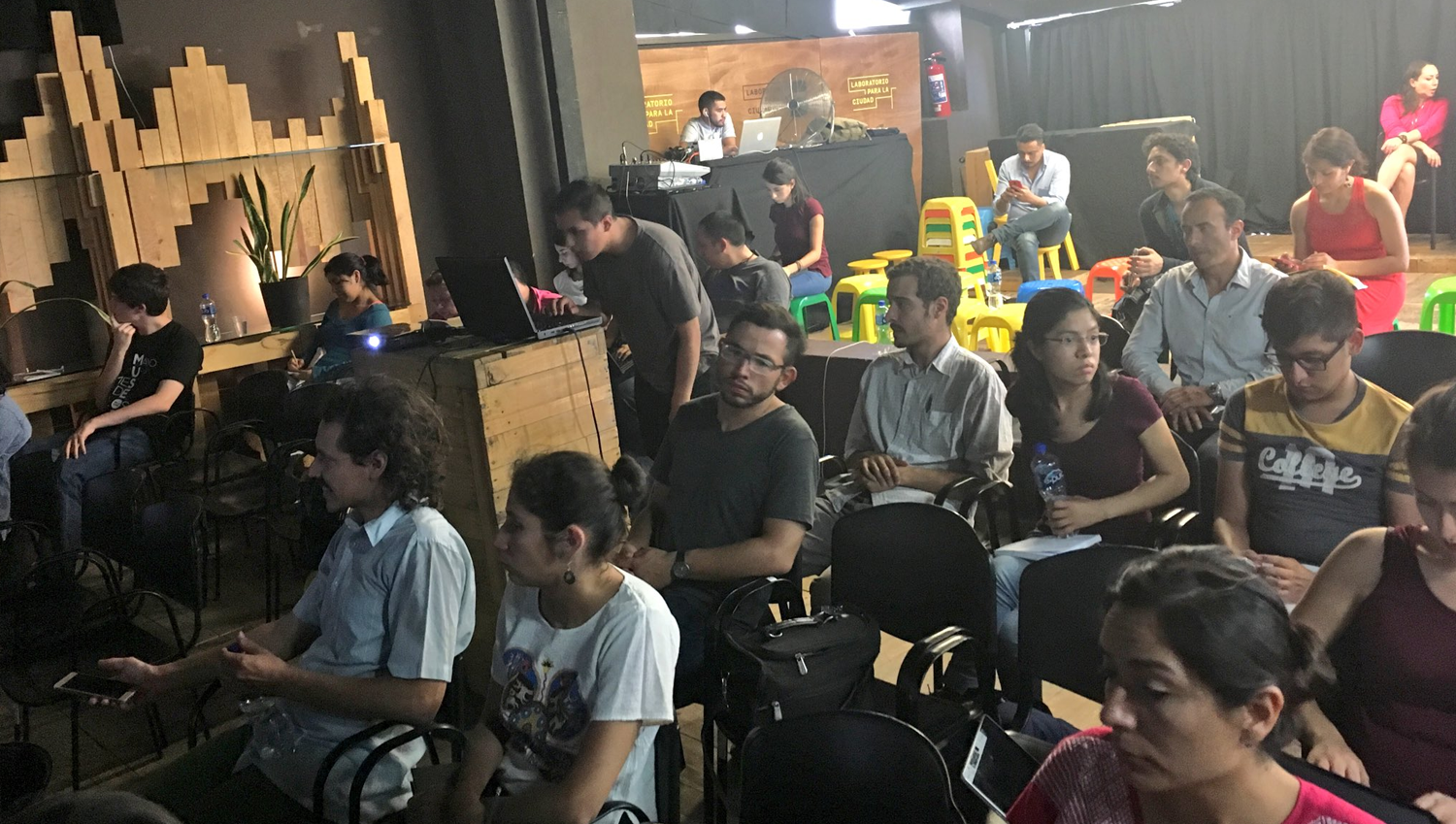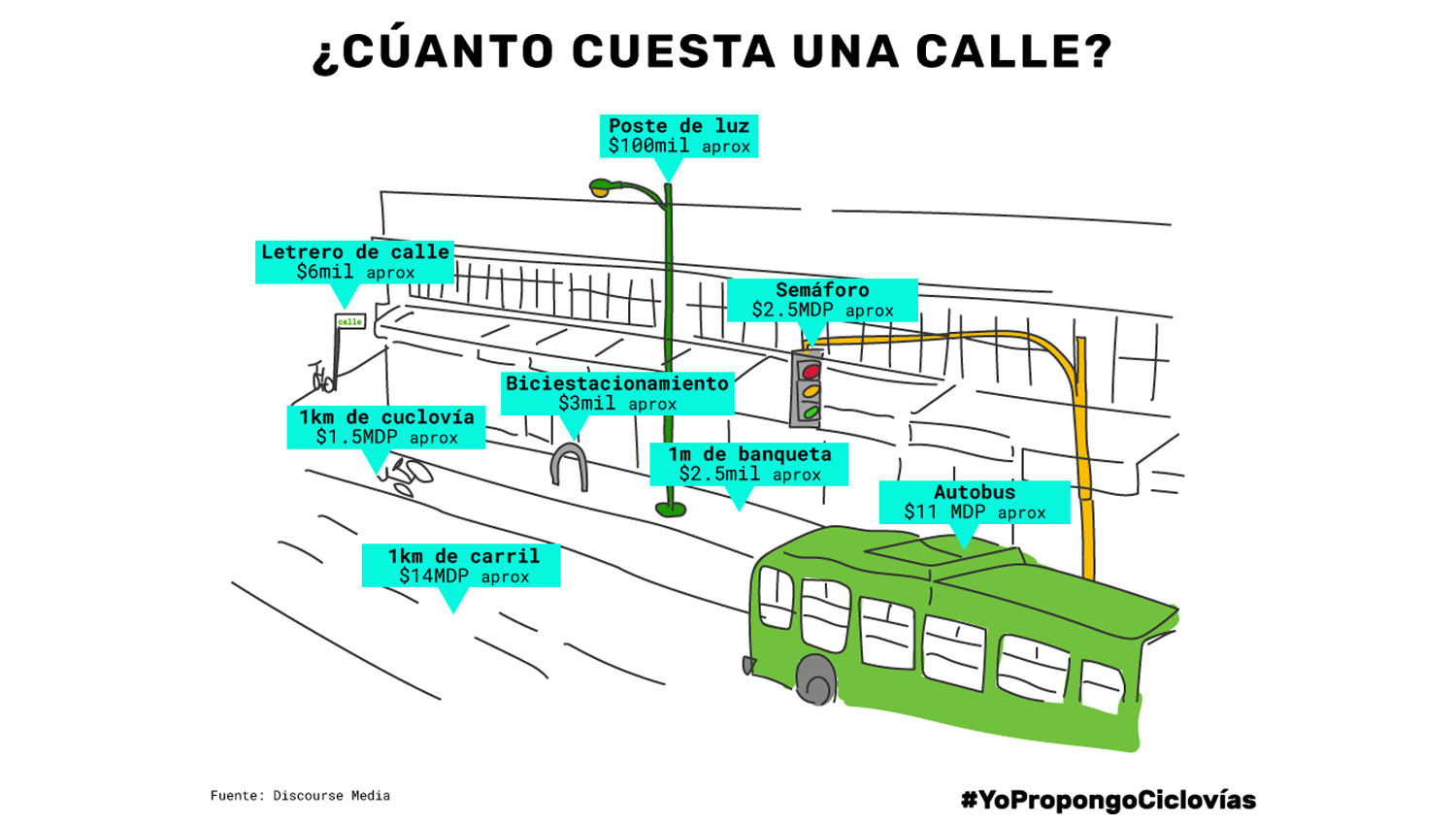Participation processes
How do art direction and social communication contribute to participation projects aimed at improving public spaces?
Introduction
Social communication and graphic design are a key part of citizen participation in urban planning. Participatory design processes have the potential to create communities.
To support a broad participation, we employ two key approaches: inclusive communication and active involvement opportunities. Through the use of clear, jargon-free language and a friendly tone, we make information more accessible to diverse audiences. We also create active involvement opportunities such as surveys, debates, and workshops to empower citizens to contribute to the design and communication of projects.
Projects
My playground
For this project, I focused on transforming playgrounds and surrounding areas in Madrid's Arganzuela district. By using social communication and art direction, we made the project inviting and accessible for all stakeholders. Clear and engaging communication efforts encouraged children to participate, leading to more inclusive play spaces. Additionally, we raised awareness about the importance of considering the perspectives and needs of all involved in the decision-making process.
We Drew The Gardens
In this project, we utilized art and social communication to support participation in urban development. Through clear and accessible visual materials, I facilitated effective information sharing. We also developed communication strategies to actively engage the community and ensure their participation. By creating a visual identity that resonated with the local residents, we fostered a sense of proximity and ownership.
I Propose Bike Lanes
In partnership with Bicitekas, I supported citizen participation processes in Mexico City, focusing on sustainable mobility. Through workshops and transparent street valuation exercises, we helped participants better understand the influence of infrastructure on mobility safety and comfort. The social communication efforts promoted wider workshop attendance, facilitating increased citizen engagement in decision-making related to sustainable mobility in the city.
Results
Through the strategic communication and creative direction, we support participation and disseminated relevant information in these projects. The use of clear visual materials enhanced understanding and fostered active participation. By emphasizing inclusion, diversity, and sustainable mobility, we achieved positive outcomes in citizen participation, gender perspectives, inclusivity, and sustainable mobility. It's worth noting that some community organizations have adopted the project graphic designs to create their initiatives, reflecting the desired empowerment effect.

